 Add My Company
Add My Company
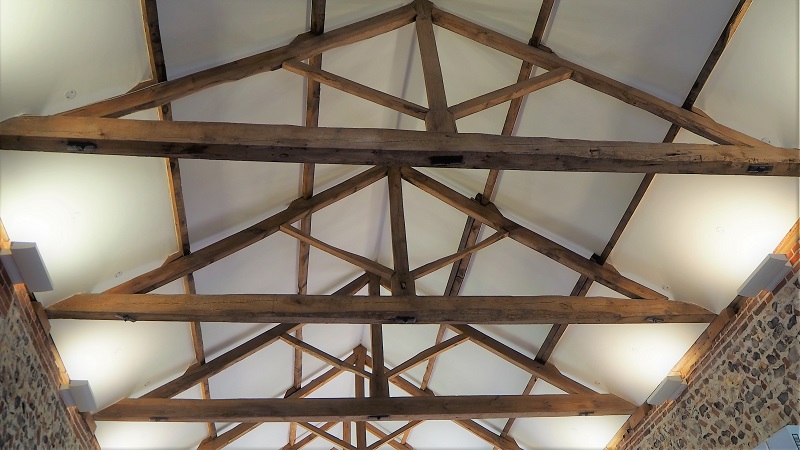
Did you know that timber trusses have been used in the UK since the Middle Ages? Some of the oldest still standing in England date back to 1200 and are found at King’s Ely, in one of their school’s boarding houses. They are an architectural staple when creating buildings, and a traditional construction method which is well and truly alive today.
If you are planning a construction project and are interested in learning more about roof trusses, we have put together a guide to the five most common types of timber trusses.
King Post Truss
The King Post truss style is one of the oldest on the books and pretty simple in structure. The timber truss is made up of two main rafters, a tie beam and a central king post which runs vertically to the top of the roof.
It is most commonly used for small to medium-sized buildings, usually for residential purposes. You might also see the Kings Post truss in agricultural architecture (which is a professional way of saying ‘barns’). It is straightforward, brings strong load-bearing properties to the project and maintains an open, spacious feel for interiors.
Queen Post Truss
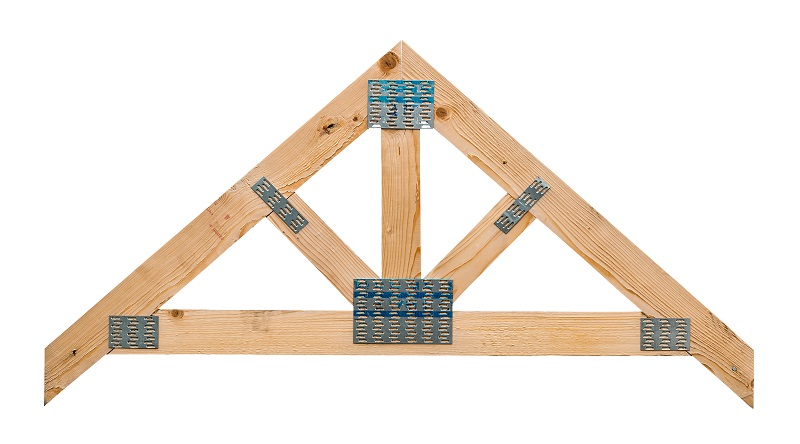
Every King has his Queen, and in the world of timber trusses, it is no different. The Queen Post truss is a variation of the King Post, with the only real difference being that it has another vertical post, with a horizontal straining beam running between the two posts for a more even spread of the weight load.
You will find the Queen Post truss in residential and commercial spaces, and it can cover a slightly larger span than the King Post style.
Scissor Truss
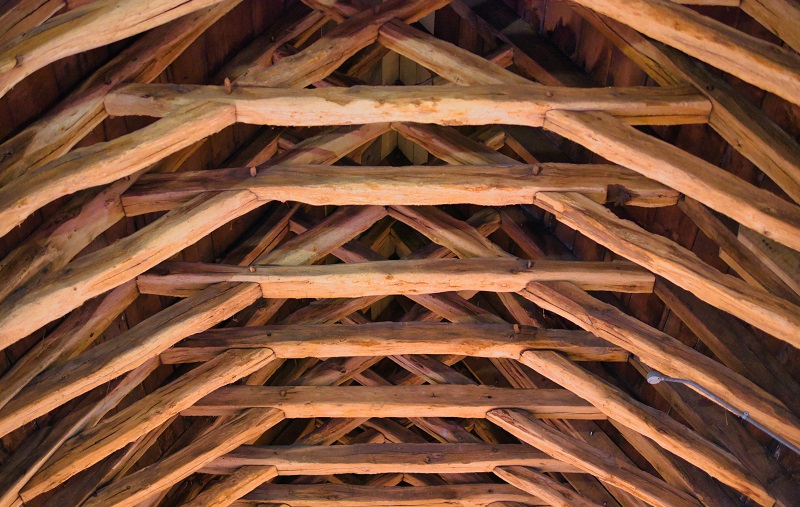
Scissor by name, scissor by nature. This timber truss style gets its name from the interesting pattern made by the sloping bottom timber beams, which look somewhat like a pair of open scissors. This unique style makes it a smart choice for vaulted ceilings which need larger spans, creating an open, spacious interior for a grand look.
Churches and large halls often use the Scissor truss,but it is also becoming a staple in modern home architecture. As open-plan living becomes increasingly prioritised, this style of truss fits the bill for light, large spaces.
Fink (or Common) Truss
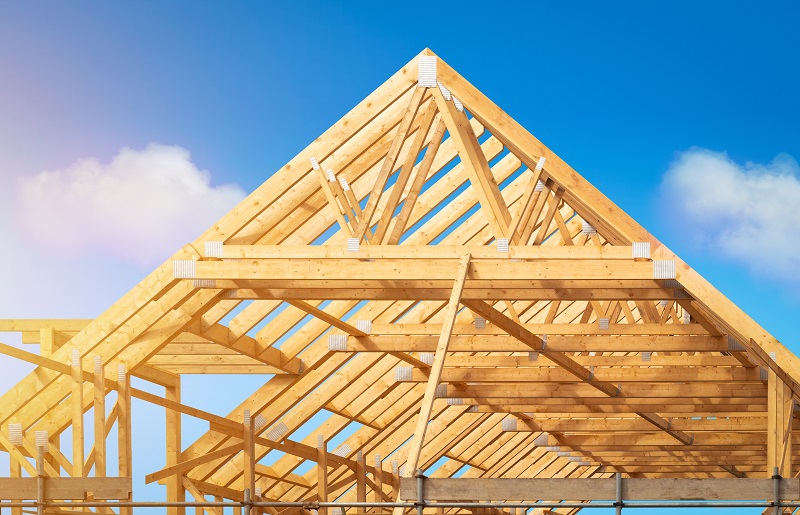
Another of the oldest trusses on the list is the Fink Truss – or Common Truss. This is a basic truss design, making it a good choice for simple architecture and cost-effective construction. It is characterised by a W-shape post formation, spreading the weight of the roof effectively while minimising the amount of timber you need, and is most frequently seen in residential builds.
You can also have double fink trusses that incorporate more timber posts for a sturdier finish.
Hammer Beam Truss

Stepping outside the comfort zone for timber truss styles, we have the Hammer Beam truss. This is the most ornate, complex and visually impressive truss style and is undoubtedly a decorative piece. This is not a truss you would hide away in a dusty loft! There are arches, curves and many connecting timber beams and posts, providing a high load-bearing capability for large spans and huge, high ceilings.
Choose the Right Timber For Your Truss
Once you have picked your style of truss, it is time to find your timber. You will need a durable, strong timber which can withstand a fair amount of weight to make the most of your chosen timber truss style, for example – Oak, Chestnut or Douglas Fir. .
If you would like to learn more about the right timber species for your specific truss, get in touch and we will be happy to help. We can match your project to one of our many sustainable timbers, creating the perfect pairing for a long-lasting, beautiful timber truss.
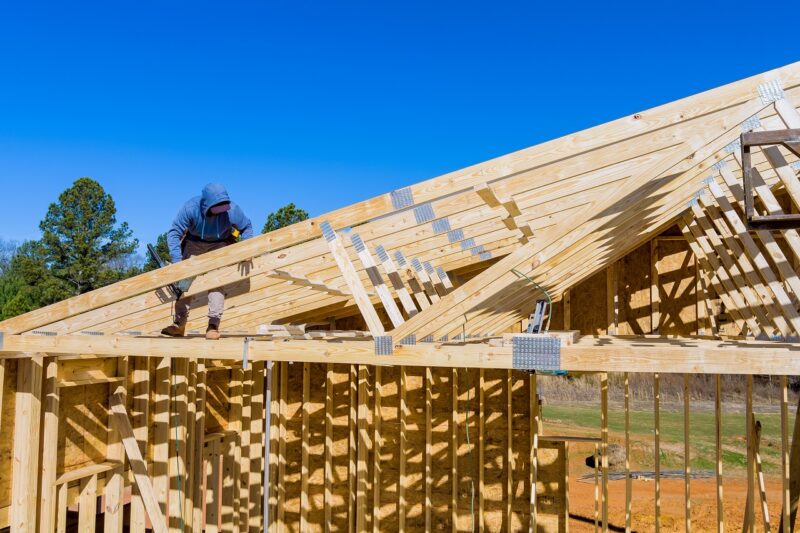
For more information on What are the five basic types of timber trusses? talk to Ecochoice

